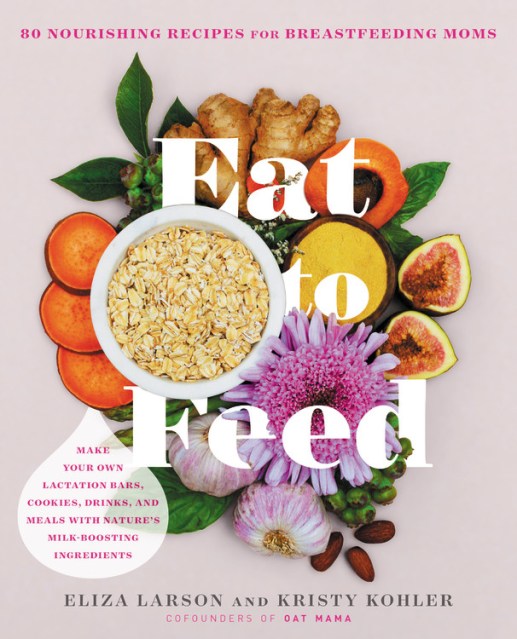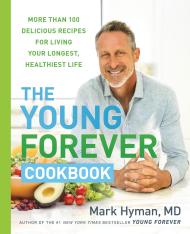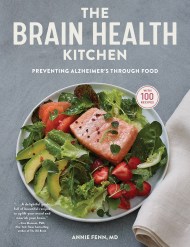Promotion
Sign up for our newsletters to receive 20% off! Shop now. Exclusions apply.
By clicking “Accept,” you agree to the use of cookies and similar technologies on your device as set forth in our Cookie Policy and our Privacy Policy. Please note that certain cookies are essential for this website to function properly and do not require user consent to be deployed.
Eat to Feed
80 Nourishing Recipes for Breastfeeding Moms
Contributors
By Eliza Larson
By Kristy Kohler
Formats and Prices
Price
$24.99Price
$32.49 CADFormat
Format:
- Trade Paperback $24.99 $32.49 CAD
- ebook $13.99 $17.99 CAD
This item is a preorder. Your payment method will be charged immediately, and the product is expected to ship on or around July 16, 2019. This date is subject to change due to shipping delays beyond our control.
Also available from:
For breastfeeding moms, “eating for two” continues long after the baby arrives. Eating well can be hard enough before there’s a newborn in the house, but when moms experience dips in their milk supply, getting the right nourishment is key. In their debut cookbook, the founders of Oat Mama share eighty simple, delicious recipes for breakfasts, lunches, dinners, deserts, snacks, and beverages. Eat to Feed is a warm, supportive, and inspiring resource for new mothers and mothers-to-be, featuring:
- Nutrient-dense whole foods and naturally lactogenic (milk-boosting) ingredients, such as oats, almonds, barley, and brewer’s yeast.
- Helpful breastfeeding tips and advice on easy meal prep, building a healthy pantry, and sourcing ingredients.
- Recipes such as Healing Sipping Broth, Lactation Granola Bars, Baked Eggs with Yogurt and Dill, Chocolate Cherry Smoothie, and many more.
- More than seventy-five beautiful photographs.
Genre:
- On Sale
- Jul 16, 2019
- Page Count
- 224 pages
- Publisher
- Da Capo Lifelong Books
- ISBN-13
- 9780738284873
Newsletter Signup
By clicking ‘Sign Up,’ I acknowledge that I have read and agree to Hachette Book Group’s Privacy Policy and Terms of Use







